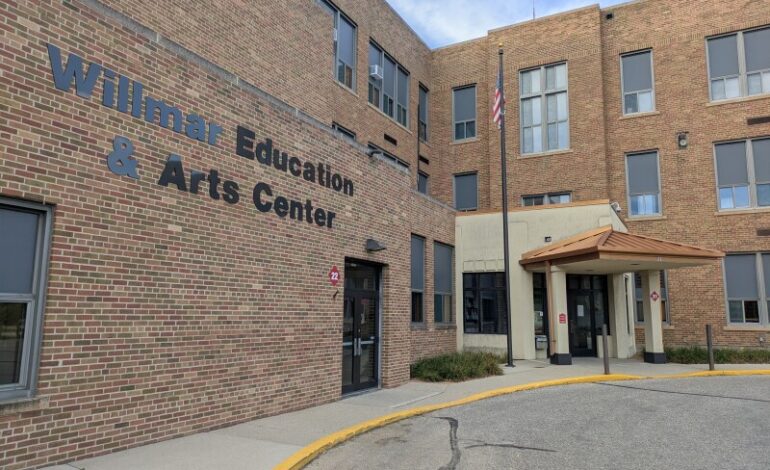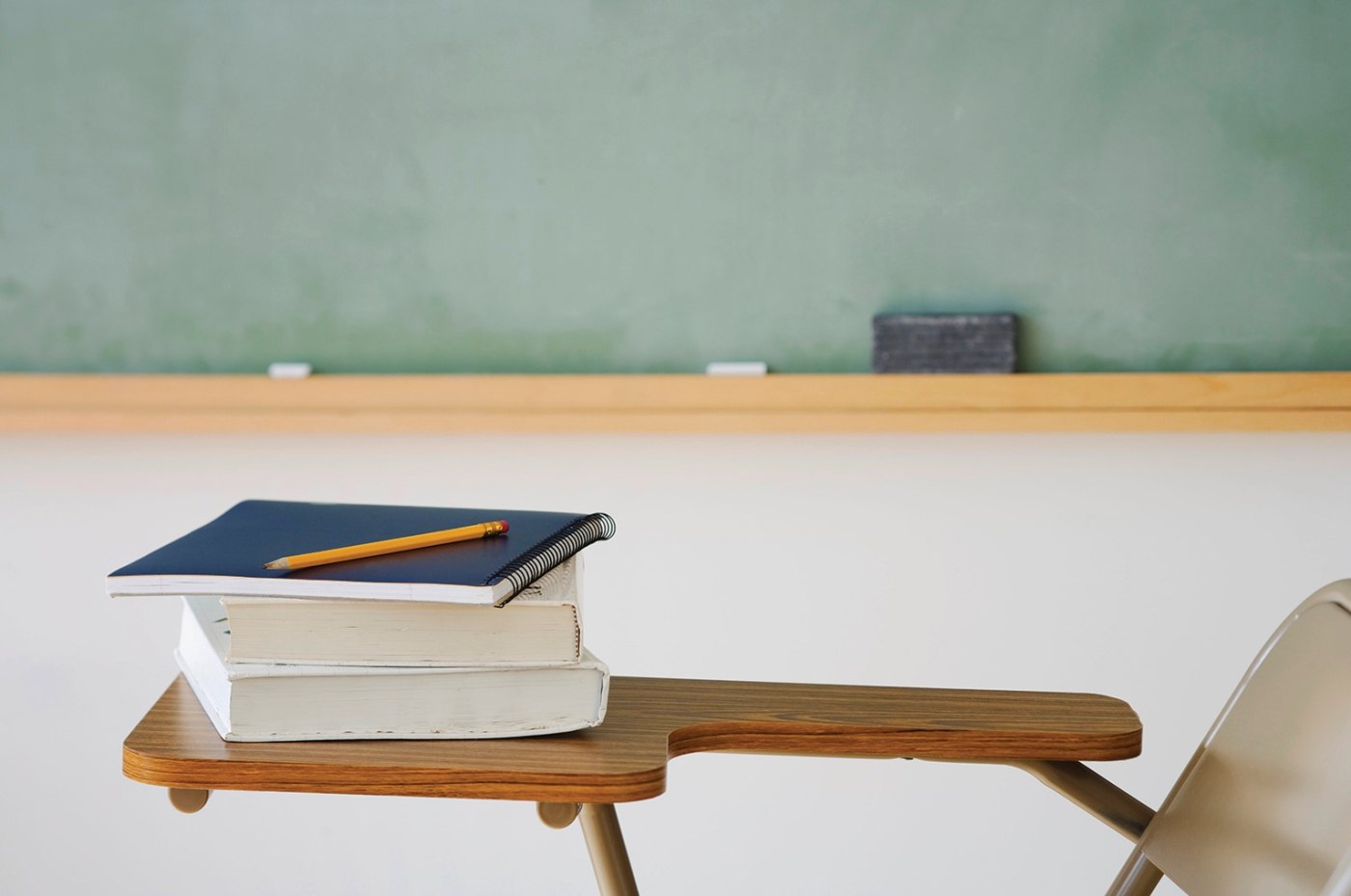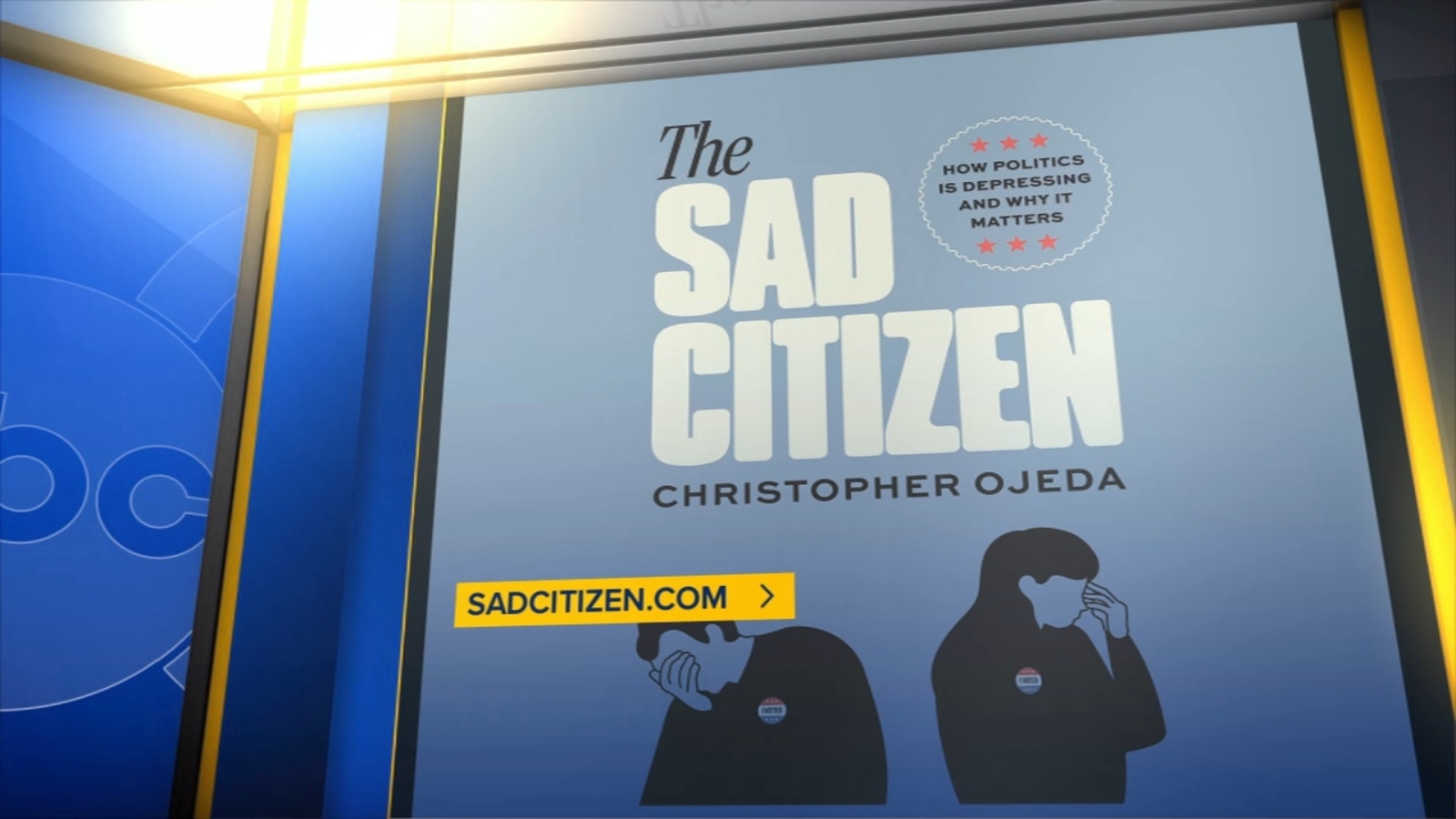Willmar Schools Report 4.2% Enrollment Drop, Levy Set to Rise

Willmar Public Schools in Minnesota has reported a decrease in student enrollment, impacting the district’s funding and financial planning. As of September 10, 2025, enrollment stood at 3,883 students, reflecting a decline of 171 students, or 4.2%, from the previous year’s total of 4,054 students.
Enrollment Trends and Reasons Behind the Drop
The enrollment decline has been observed across all grade levels and is not attributed to a large graduating class being replaced by a smaller kindergarten cohort. Kathryn Haase, the district’s Director of Business and Finance, highlighted during a presentation to the Willmar School Board on October 13, 2025, that traditional schooling has seen a reduction in student numbers, while enrollment in alternative learning sites remained stable.
To understand the reasons behind students leaving, school staff reach out to families. Haase noted that 71 students relocated outside of the state or country, while another 31 students transferred to different school districts within Minnesota. Additional reasons included 11 students aging out of the system, 8 students moving to non-public schools, and 6 students opting for other districts without changing residences through open enrollment.
Financial Implications of Decreased Enrollment
The decrease in student enrollment poses significant financial challenges for the district, as much of its funding is dependent on student numbers. Unlike cities or counties, public school districts have limited control over their funding levies. According to Haase, the levy is calculated based on several factors, predominantly projected student enrollment.
The district has determined that the upcoming levy will increase by 2.2%, leading to a total levy amount of $12,642,012.39 for payment in 2026. Haase explained that the funding process is structured and data-driven, generating extensive documentation to outline the financial framework.
Each year, the levy is approved in advance and funded in a staggered manner, meaning that the levy set in 2025 will be paid by taxpayers in 2026, with the district receiving those funds in 2027. As a result, the levy calculations must rely on anticipated student enrollment, which, according to Haase’s insights, is expected to decrease further.
In addition to declining student numbers, the district is facing an increase in local property valuations, which influences levy calculations. Haase noted that while student counts are falling, the property wealth in the Willmar School District has risen, leading to higher local tax contributions. This phenomenon is reflected in the state funding formula, which generally results in reduced state aid as property values increase.
Documentation from Haase’s report indicates that local property tax levies account for approximately 10% of the district’s general fund revenues. The school board had already approved this levy increase during its September meeting, and it is anticipated that the figure will remain stable when final approval occurs during the December meeting, which also includes the Truth-in-Taxation hearing.
For further details on the school board meetings or to access minutes and agendas, interested parties can visit the Willmar Public Schools website at willmar.k12.mn.us under the School Board tab.






